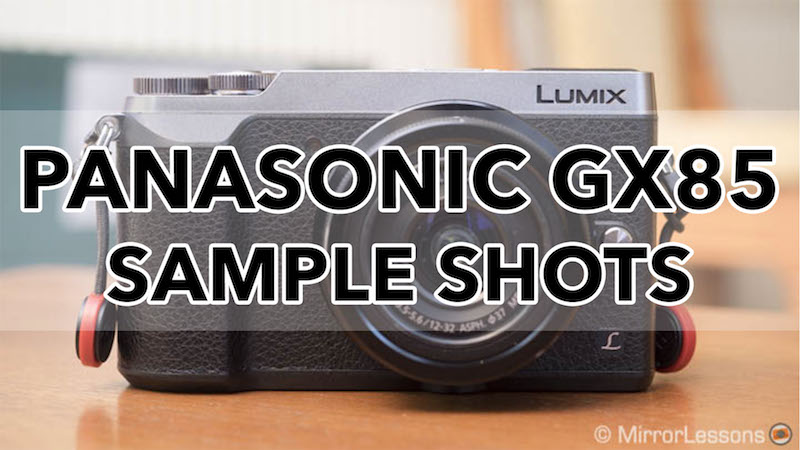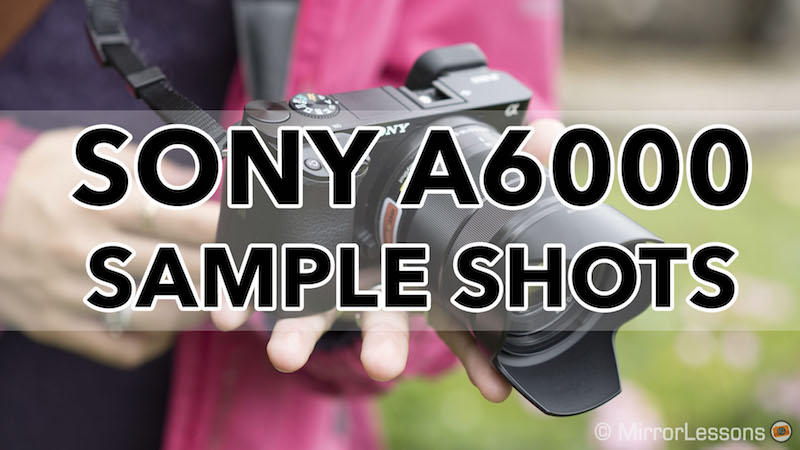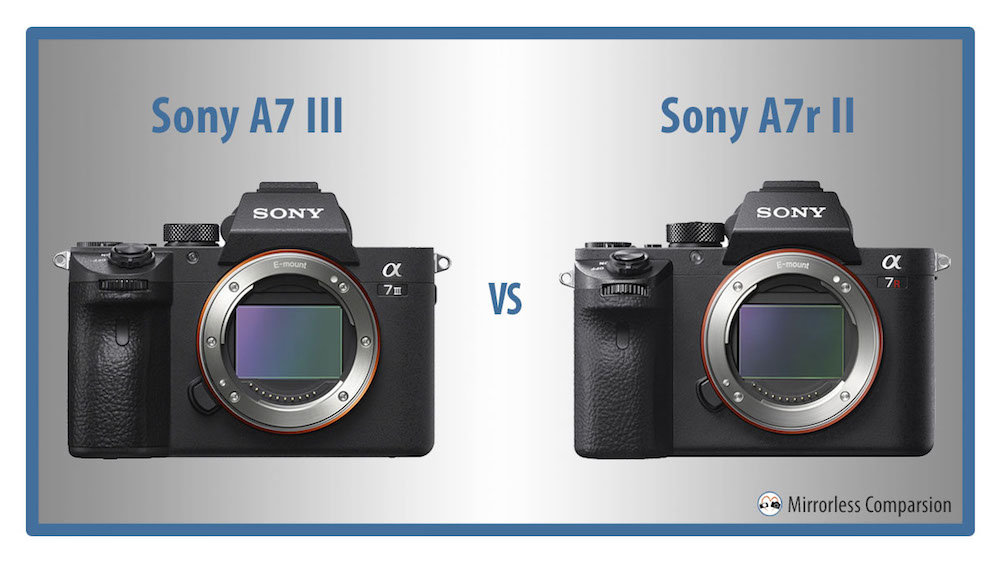The Panasonic Lumix DMC GX85 is a mid-range mirrorless interchangeable lens camera with a Micro Four Thirds mount. It is known as the GX80 in Europe or the GX7 mark II in Asia. This naming system was mostly likely adopted to discourage grey market sales, though Panasonic has not confirmed one way or the other.
Author's Bio and Articles
Heather Broster
Heather Broster co-founded Mirrorless Comparison and has produced several reviews and comparisons for the website as well as our YouTube channel. A passionate photographer since her 14th birthday, she loves macro, butterflies, instant cameras and taking pictures of people at events.
Gallery of Sony A6000 Sample Shots (RAW & SOOC JPGs)
The Sony Alpha a6000 is a mirrorless interchangeable lens camera in the Sony E-mount range of APS-C cameras. Since its release in 2014, it has become one of the best selling mirrorless cameras on the market due to the fact that it offers a good range of features in a compact and very affordable body. These features include a 24.3MP APS-C sensor, a good hybrid autofocus system, fast 11fps shooting at its top speed, a built-in OLED electronic viewfinder, and Full HD (1080p) video recording at 60p and 24p. It has since been succeeded by the Sony a6300 and a6500.
Fujifilm X-H1 vs X-Pro2 – The 10 Main Differences
The X-Pro2 was one of the most highly-anticipated products to come out of Fujifilm’s factory, arriving exactly four years after its much-loved predecessor, the X-Pro1. Even today, it remains a favourite amongst users who require digital features yet have a soft spot for the traditional rangefinder design.
The X-H1 is the latest X-Series camera and with its range of high-end features, takes its place above the X-Pro2 and X-T2 as the flagship model.
Sigma 16mm f/1.4 DC DN C vs. Sony 16mm f/2.8 – The complete comparison
The Sony APS-C range has faced some neglect as of late due to much of Sony’s focus being funnelled into lens development for the extremely popular full-frame FE system. This is why the announcement of the Sigma 16mm f/1.4, with its 24mm equivalent field of view and fast maximum aperture, was such breath of fresh air for E-mount users.
The Sigma isn’t the first 16mm lens for Sony APS-C however.* In fact, one of the oldest primes for the system is the E 16mm f/2.8, an inexpensive pancake lens haunted by something of a mixed reputation.
Sony A7 III vs A7r II – The 10 Main Differences
Sony has announced the second camera in its third-generation A7 series, the Sony A7 III. A mid-range model like the previous A7 II, it borrows a number of features from the two current flagships, the A9 and A7r III, making it the perfect full-frame solution for photographers on a restricted budget.
The A7r II, which was released nearly three years earlier, belongs to the second generation of A7 cameras. Having lost its flagship title to its successor, the A7r II, it is now significantly more affordable than before. Even so, it retains many desirable features, not least one of the best full-frame sensors on the market.





